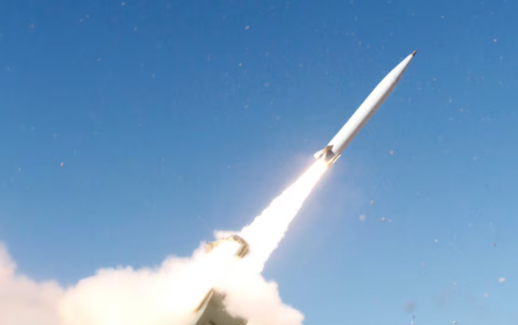In 2014, the visionary lunar scientist, geologist, and author Paul D. Spudist (who passed on in 2018 due to cancer) forecast Chinese preparations to dominate the moon by reviewing China’s goals at the time for Smithsonian Magazine. Most of the goals Dr. Spudist discussed, China has since met.
Over the summer, a popular U.S. media show, Today aired a news program implying a simplistic security dichotomy regarding Moon dominance between China and the U.S. to bring public attention to China’s imperial lunar ambitions. However, the issues of nation state interaction on and about the Moon are more complex than the dichotomy can represent.
Still, absent verifiable, cooperative transparency and in view of China’s incrementalist gray warfare in the South China Sea, including terraforming, militarization, aggressive exploitation, aggressive maritime militia actions, and ancient imperial claims, the international community has reason for concern that China might use incrementalist gray warfare to assert dominion and control on the Moon and in cislunar space. China’s actions of dominion in the South China Sea exceed its territorial waters, contiguous zone, and EEZ in such a way as to gradually reduce international waterways there, supplanting them with asserted Chinese sovereign routines, some running contrary to the United Nations Convention on the Law of the Sea of 1982 (UNCLOS). That is why the U.S. Navy and other navies regularly run open freedom of navigation operations (FONOPS) that contest Chinese sovereignty claims over in international waters.
Here is a 2021 primer on the laws governing many nations’ poly-mutual relationships regarding the surface and subsurface of the Moon and cislunar space, recognizing the Moon as akin to the high seas, owned by no one nation, but by all.
If only it was so simple and a great power like China had no ambitions to dominate. And yet they apparently do if their public comments in recent years are a guide. This has created security dilemmas for all spacefaring nations.
Something similar to maritime FONOPS will probably be needed in space and on the Moon, including asserted cislunar communication, access, and security to demonstrate freedom of navigation against any claims analogous to adverse possession of portions or the Moon or around it, by China.
None of this forecloses the need to differentiate the cislunar and orbital dynamics of the Moon from Earth’s orbital dynamics, and the increasingly congested South China Sea lanes. These differences suggest that rhetoric and inaccurate portrayals of these lunar spaces erroneously assume conflicting use of cislunar and lunar spaces are inevitable.

